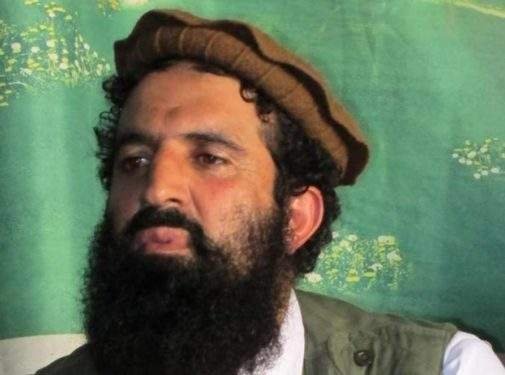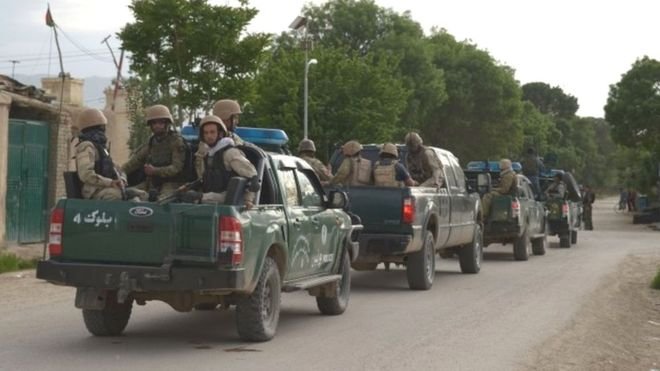The head of Islamic State in Afghanistan, Abdul Hasib, was killed in an operation on April 27 conducted jointly by Afghan and US Special Forces in the eastern province of Nangarhar, US and Afghan officials said on Sunday.
Hasib, appointed last year after his predecessor Hafiz Saeed Khan died in a US drone strike, is believed to have ordered a series of high profile attacks, including one in March 8 on the main military hospital in Kabul, a statement said.

Last month, a Pentagon spokesman said Hasib had probably been killed during the raid by US and Afghan special forces in Nangarhar during which two US army Rangers were killed, but prior to Sunday’s announcement there had been no confirmation.
“This successful joint operation is another important step in our relentless campaign to defeat ISIS-K in 2017,” the top US commander in Afghanistan, Gen. John Nicholson said in a statement from US military headquarters in Kabul.
The statement, following an earlier announcement by Afghan President Ashraf Ghani, said Hasib directed the March 8 attack on the main Kabul military hospital by a group of militants disguised as doctors. Dozens of medical staff and patients were killed in the attack.
It said he also ordered fighters to behead local elders in front of their families and kidnap women and girls to force them to marry ISIS fighters.

The local affiliate of Islamic State, sometimes known as Islamic State Khorasan (ISIS-K), after an old name for the region that includes Afghanistan, has been active since 2015, fighting both the Taliban as well as Afghan and US forces.
Defeating the group remains one of the top US priorities in Afghanistan and last month the United States dropped its largest non-nuclear device on a network of caves and tunnels used by ISIS in Nangarhar, killing 94 fighters, including four commanders.
The US military statement said 35 Islamic State fighters and several high ranking commanders were killed in the April 27 raid.
(Feature image source: Reuters)

















